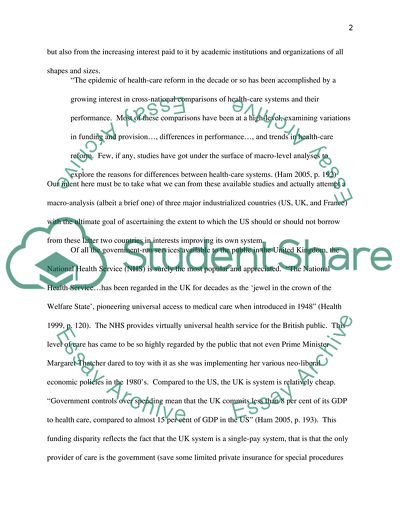Cite this document
(Healthcare in the UK, France, and USA Research Paper - 6, n.d.)
Healthcare in the UK, France, and USA Research Paper - 6. Retrieved from https://studentshare.org/health-sciences-medicine/1730650-research-paper
Healthcare in the UK, France, and USA Research Paper - 6. Retrieved from https://studentshare.org/health-sciences-medicine/1730650-research-paper
(Healthcare in the UK, France, and USA Research Paper - 6)
Healthcare in the UK, France, and USA Research Paper - 6. https://studentshare.org/health-sciences-medicine/1730650-research-paper.
Healthcare in the UK, France, and USA Research Paper - 6. https://studentshare.org/health-sciences-medicine/1730650-research-paper.
“Healthcare in the UK, France, and USA Research Paper - 6”, n.d. https://studentshare.org/health-sciences-medicine/1730650-research-paper.


